Walking along Trani’s old fishing harbor, I could feel the city’s unique mix of history and daily life. Boats bobbed in the water, their gentle clinks mixing with the salty air and the smell of fresh fish.
Stone streets led me past scenes you can’t find anywhere else. Trani brings together vibrant Jewish heritage and deep fishing traditions, letting visitors experience a truly layered culture.
What struck me most was how traces of Trani’s Jewish community from centuries ago still shape the city’s charm today. You’ll find hidden synagogues, quiet courtyards, and lively markets right next to the bustling harbor.
It’s a city that invites you to explore both its storied past and its living traditions. Every walk or meal feels like an adventure.
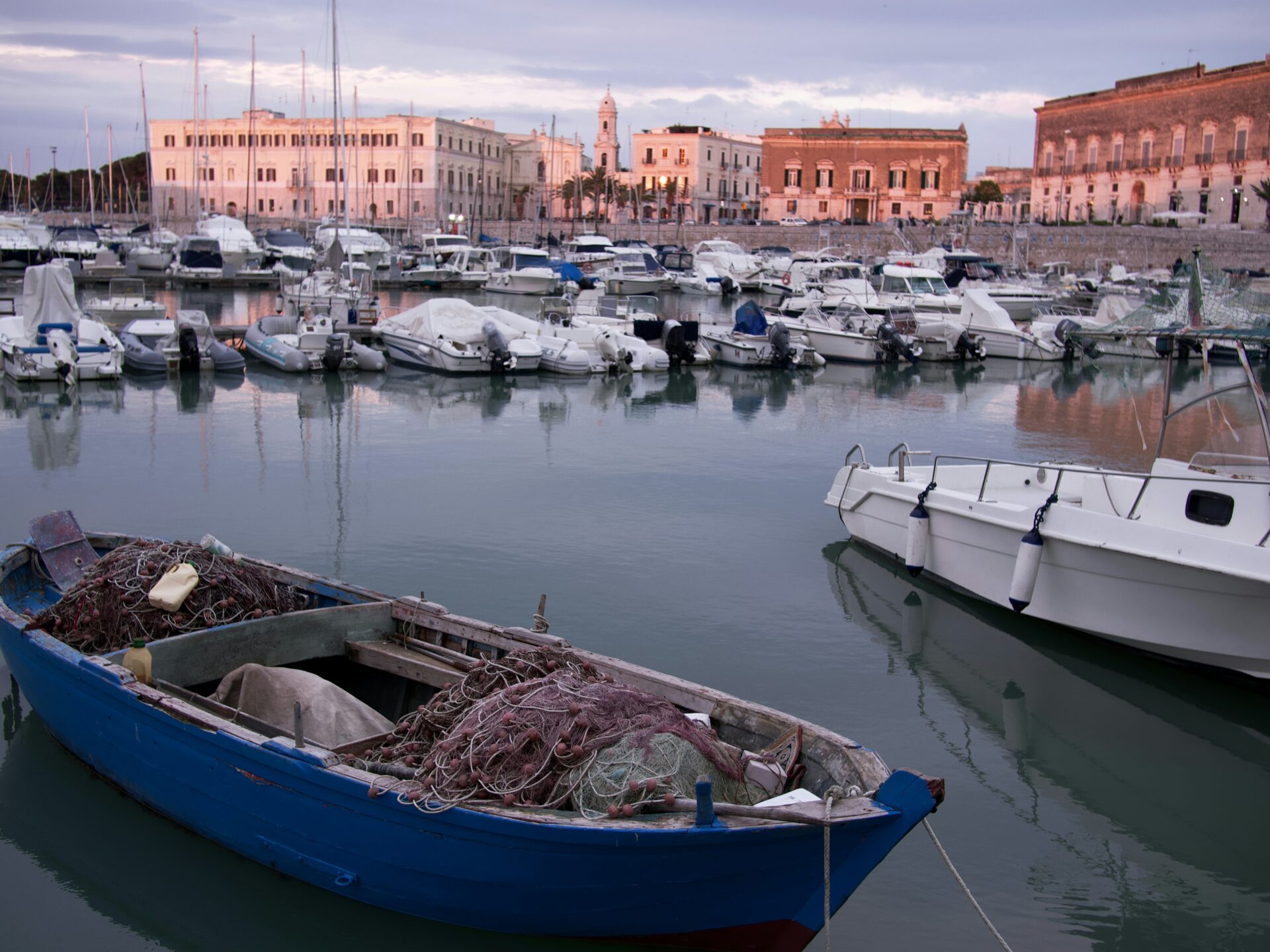
Historic Jewish Heritage of Trani
As I walk through Trani, I sense history everywhere, especially in spots where the Jewish community once thrived. Ancient synagogues and stone-paved alleys tell stories of resilience and faith.
Origins of the Jewish Community
Trani’s Jewish story always fascinates me. Jewish families settled here around the 10th century, drawn by the busy port and thriving trade.
The community grew as Jews arrived from cities like Bari, often escaping hardship or destruction elsewhere.
By the 13th century, Trani had become a key center for Jews in southern Italy. Wealthy merchants, scholars, and teachers helped the city prosper.
Many contributed to banking, medicine, and local government, earning respect from their neighbors.
But the later Middle Ages brought tougher times. New restrictions and antisemitism forced some Jews—sometimes entire families—to leave. Still, their legacy remains.
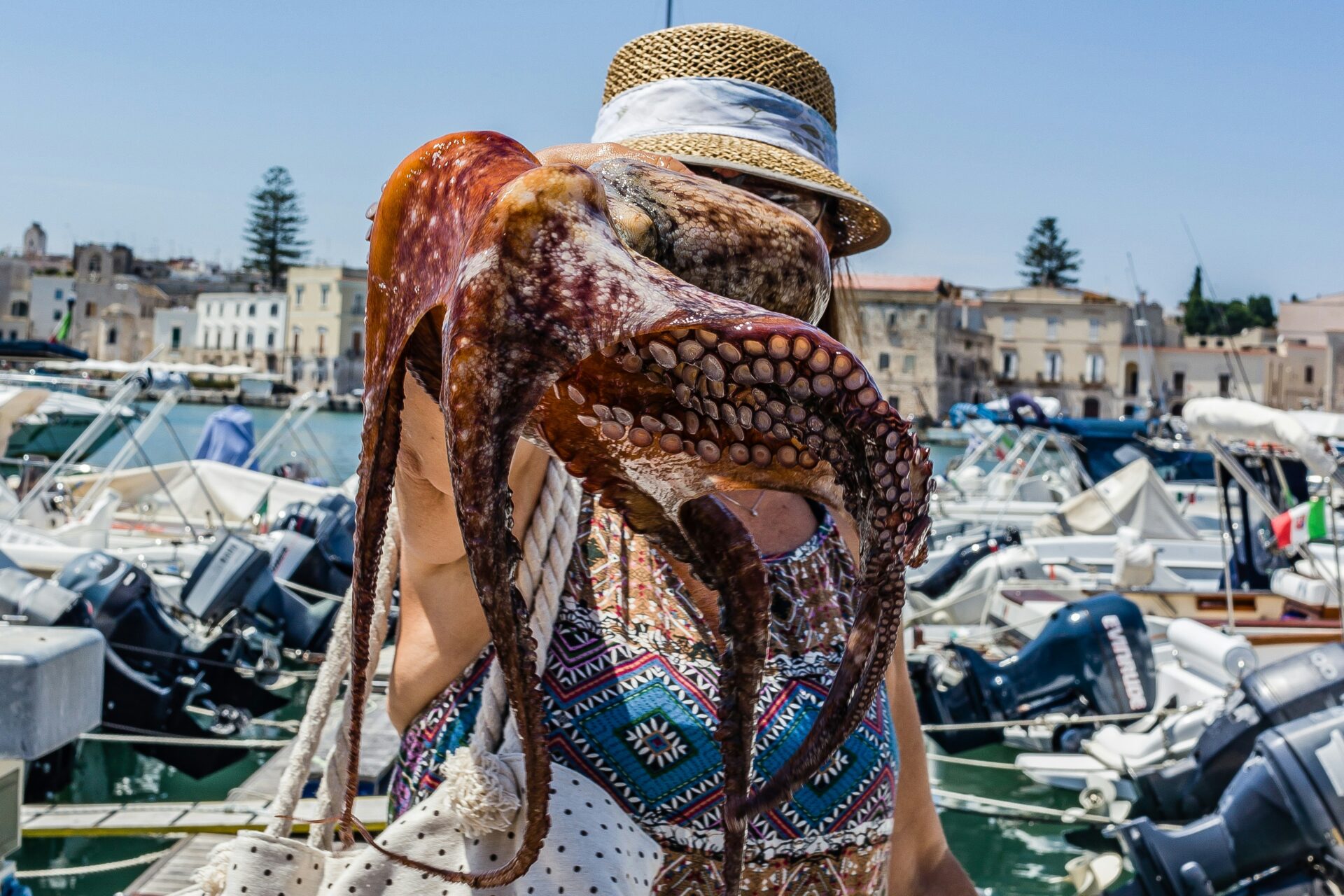
Jewish Quarter and Landmarks
I like to wander the narrow streets of Trani’s old Jewish Quarter, known as the “Giudecca.” This area sits right by the historic fishing harbor, blending Jewish and maritime history.
The quarter wears its past openly. You’ll spot old Hebrew inscriptions, small courtyards, and stone doorframes.
Some homes, once used as schools or study halls, still show symbols carved above their arches.
A special landmark, the ancient Jewish cemetery, sits just outside the old walls. Walking among the worn gravestones, I feel real respect for the generations who shaped Trani.
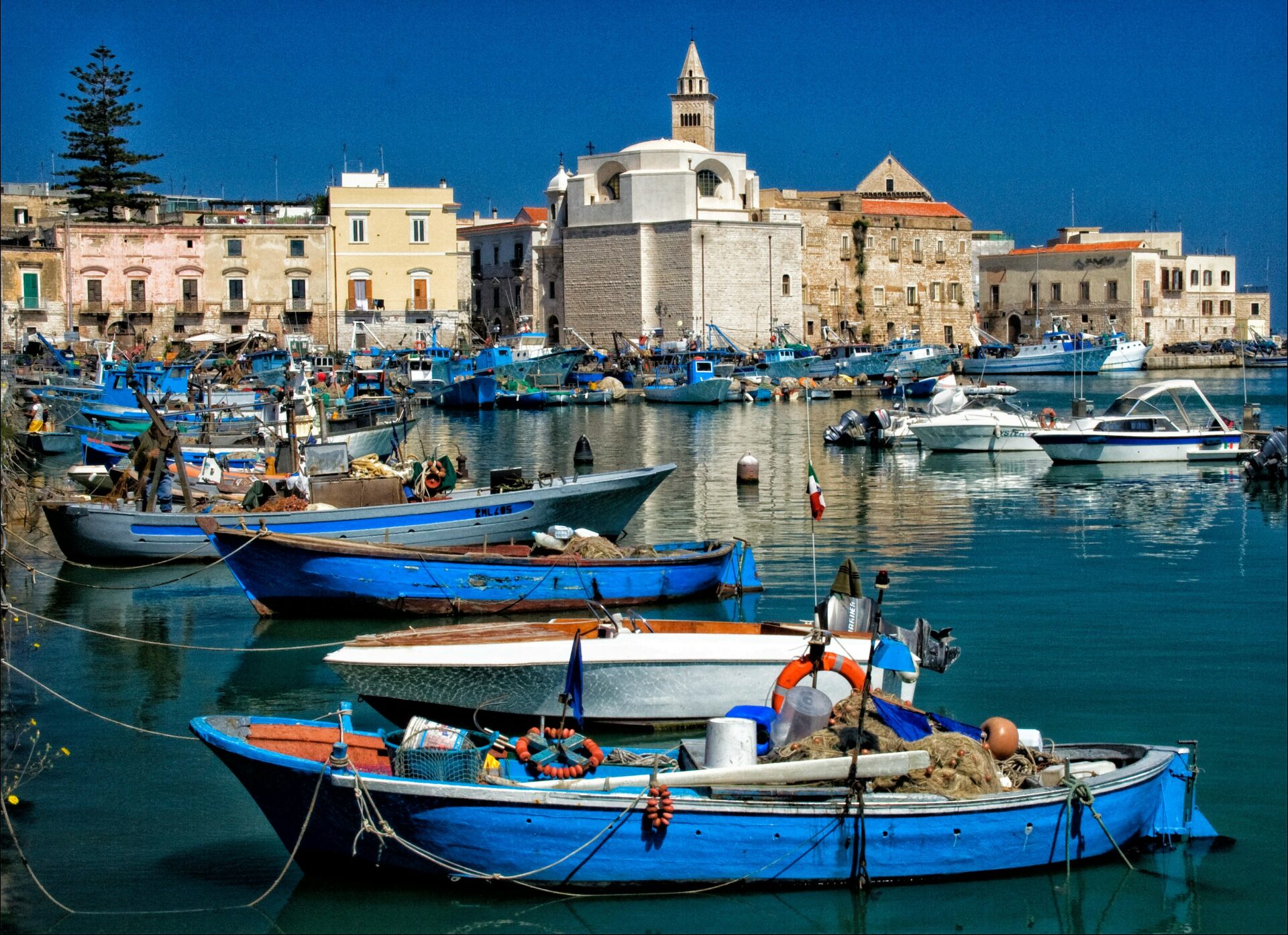
Synagogues and Places of Worship
Trani once supported several synagogues, which was rare for a city this size. I always stop at the Scolanova Synagogue, a 13th-century building that’s one of Europe’s oldest still in use.
Inside, I picture families celebrating Shabbat and holidays for centuries.
Nearby stands the Sant’Anna Synagogue, now a museum sharing Jewish traditions and stories. Once closed for centuries, it now welcomes visitors eager to learn.
You can see where torah scrolls rested or stand in the spot where prayers echoed weekly.
These synagogues weren’t just for worship—they served as schools and gathering places. I imagine the lively discussions and community meals that once filled these halls.
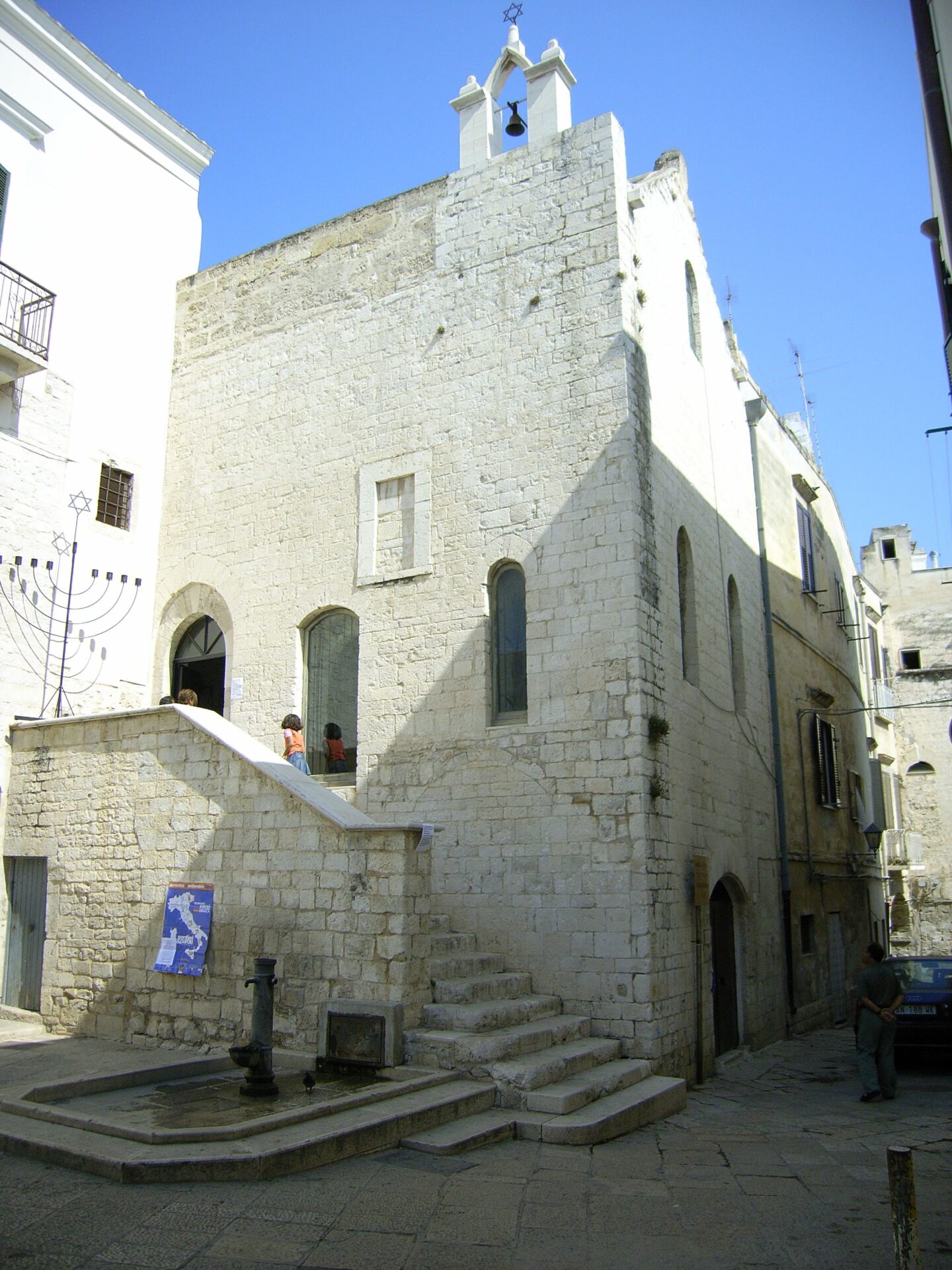
Jewish Life and Traditions
Jewish life in Trani revolved around home, family, and faith. Holidays like Passover and Rosh Hashanah brought the community together.
On Shabbat, the Jewish Quarter would grow quiet. I imagine families sharing meals, lighting candles, and singing songs.
Education mattered deeply. Children attended Jewish schools, studying Hebrew and religious texts.
Old records mention teachers and rabbis who became famous far beyond Trani.
Over the years, the community faced tough times—forced assimilation, changing rulers, and, later, sheltering Holocaust survivors after World War II. But the traditions survived.
Locals I’ve met are proud to share these customs with travelers, keeping Trani’s Jewish heritage alive.
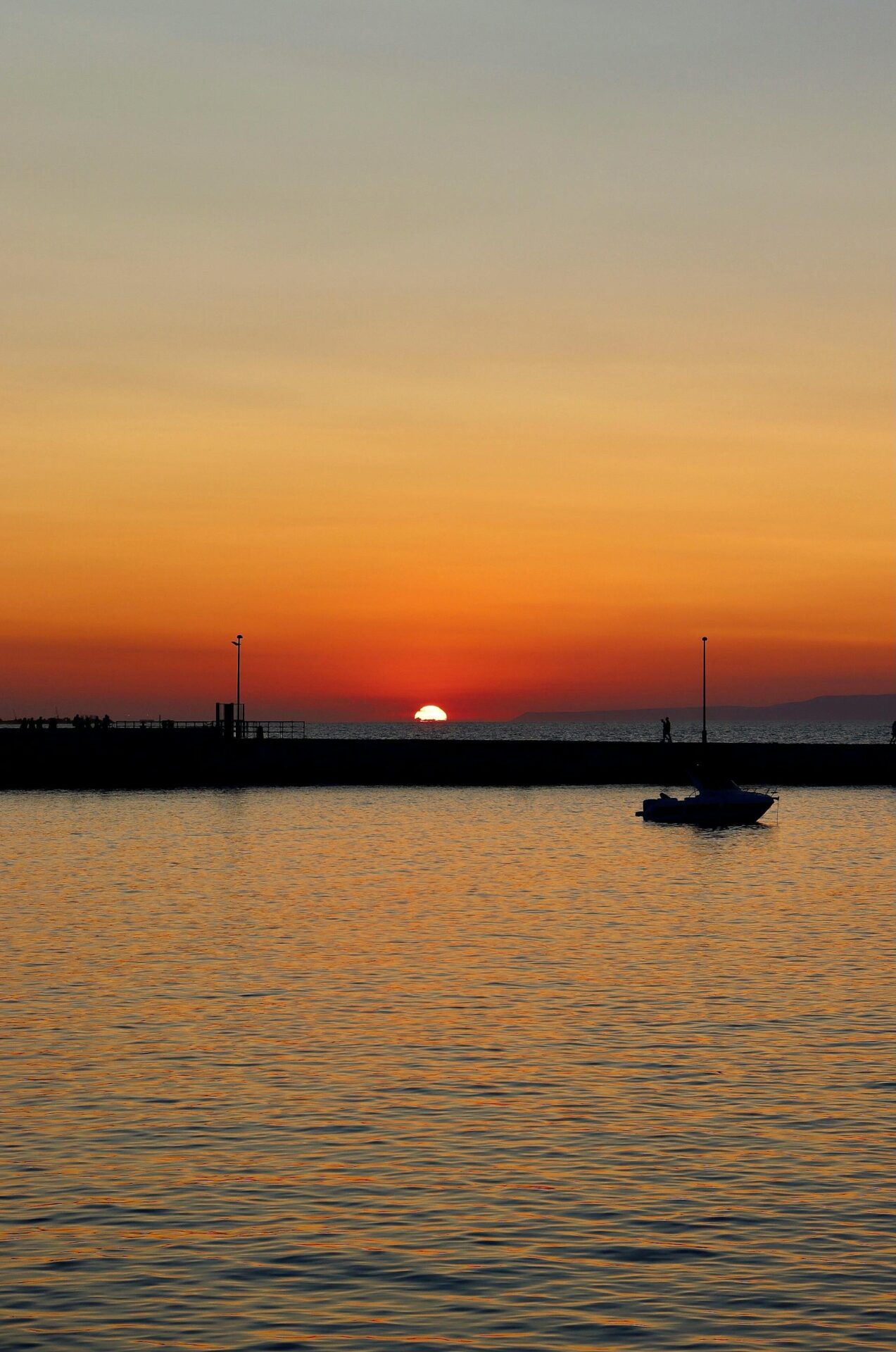
Fishing Harbor and Coastal Life
Trani’s coastline is all about its historic harbor, lively fishing traditions, and those scenic seaside spots. Every visit brings a mix of daily bustle, coastal charm, and the chance to taste fresh seafood right by the water.
The Picturesque Harbour
When I arrive at the harbor, I see how it sits at the heart of Trani’s old quarter. Historic stone buildings curve around the waterfront, with the Trani Cathedral rising above it.
Fishing boats bob next to glossy white yachts.
Small cafés line the water’s edge, perfect for sampling local seafood dishes. Sometimes I just sit with an espresso and watch fishermen unload their catches—octopus, sea bass, even baskets of grain from little freighters.
The lighthouse stands tall at the end of the pier, its beacon guiding boats home each evening. At sunset, the water glows with reflections, making it one of the most memorable scenes in Puglia.
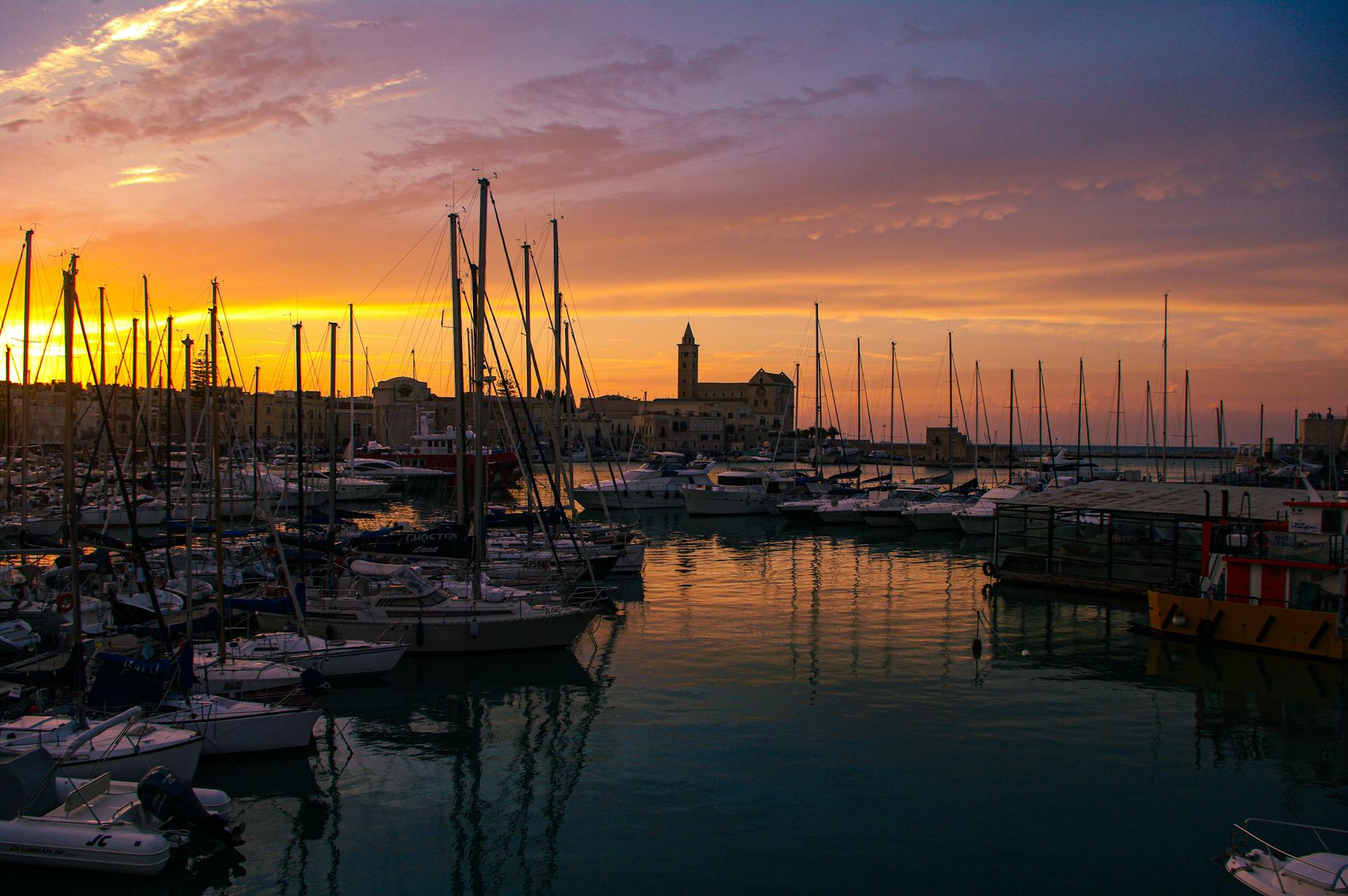
Fishing Port and Economic Importance
The fishing port shapes daily life in Trani. Early in the morning, fishing boats glide in, nets heavy with seafood.
Fish markets pop up along the docks, where buyers haggle over anchovies, mussels, or prawns. The catch doesn’t just stay local—much of it goes to bustling markets all over Puglia.
Fishing isn’t the only trade here. Trani’s strategic harbor has long helped move grain and goods across the Adriatic.
This mix of commerce and tradition keeps the harbor essential to the town’s economy. Many local restaurants depend on the daily catch.

Waterfront Promenade and Panoramic Views
Walking the waterfront promenade is one of Trani’s best pleasures. Shaded benches, neat palm trees, and sea breezes invite both locals and visitors.
There’s always someone enjoying a gelato or kids playing near the walkway’s edge.
From the promenade, I watch the harbor’s activity and take in panoramic views of the Adriatic Sea.
Small sandy beaches beyond the port offer a spot to relax or wade in shallow waters. Looking back, the cathedral’s white stone against the blue sky is something else, especially at golden hour.
Every visit, Trani’s blend of shoreline beauty and working port life impresses me.

Cultural and Architectural Treasures
Trani shines with centuries of artistry, faith, and craftsmanship. The city’s blend of stone facades, spiritual sites, and unique landmarks makes it a must-see for anyone who loves culture and history.
Medieval and Romanesque Architecture
Walking through Trani, I notice how much the city’s medieval history stands out in its buildings.
The Romanesque style is everywhere—limestone walls, thick stone houses, and the 11th-century Trani Cathedral with its tall bell tower.
Many houses and public buildings hide hints of their origins in arches and carved stone details.
Doorways often show off sturdy, simple decorations, a nod to the Romanesque era’s sense of elegance and function.
Narrow alleys wind between these historic buildings, creating a maze that’s both beautiful and a little confusing. For photography lovers, the soft light bouncing off white stone is a treat all day.

Historic Centre and Landmarks
The heart of Trani is its historic centre. Streets here feel frozen in time, with cafés spilling onto cobblestones and locals going about their day against centuries-old facades.
The fishing harbor isn’t just scenic—it’s a living part of Trani’s identity, where fresh catches end up in nearby markets and restaurants.
The Swabian Castle, built in the 13th century by Emperor Frederick II, stands right by the sea. Its stern walls and square towers command attention.
Inside, I marveled at the well-preserved rooms. A guided tour gives a deeper look into the castle’s long history.
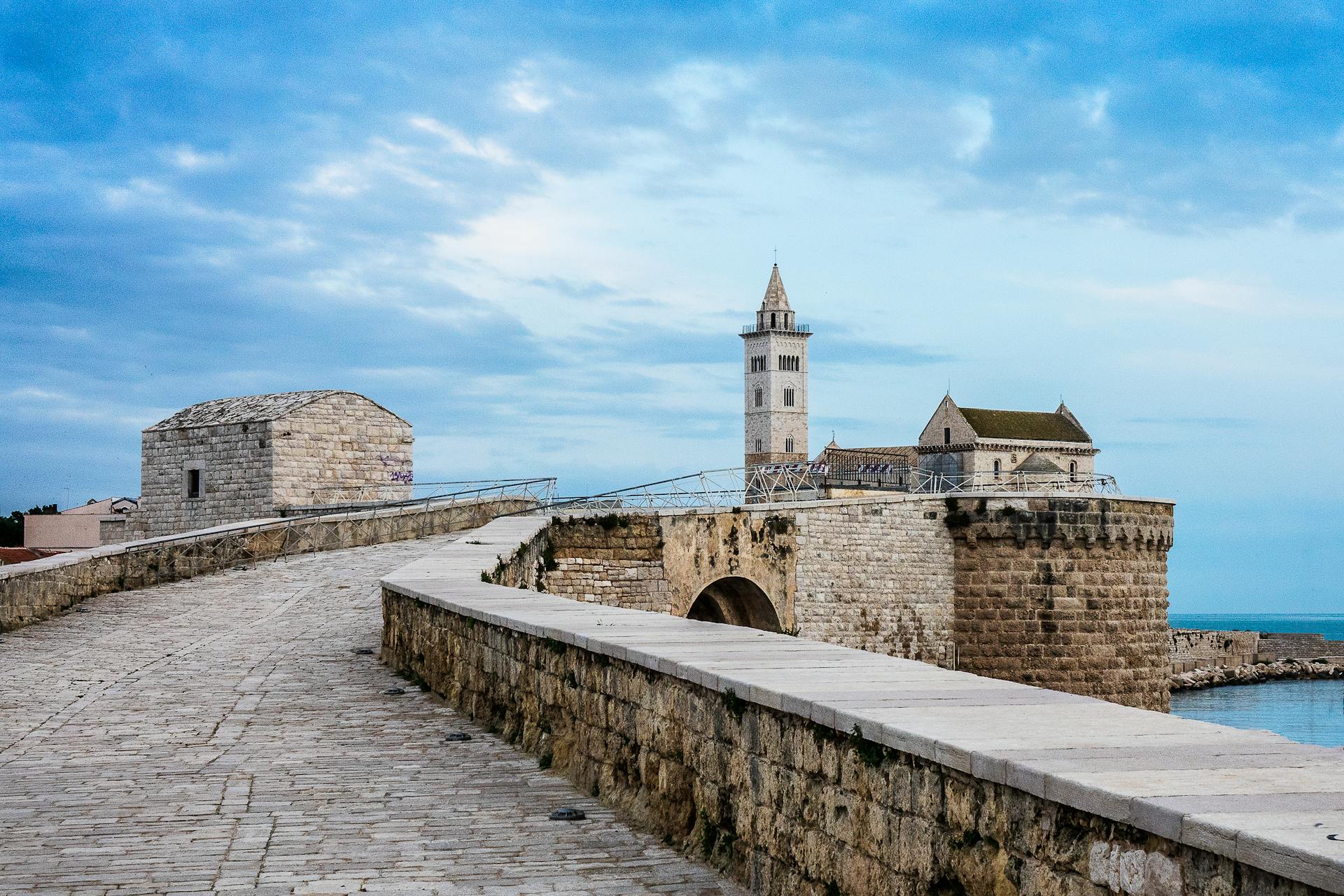
Churches and Spiritual Sites
Spiritual life runs deep in Trani, as seen in the many churches across the city.
The Trani Cathedral, perched on the water, is stunning both inside and out. Its crypt holds relics, and the simple interior draws your focus to its peaceful spirit.
I’ve attended mass here and found a quiet atmosphere you don’t get in bigger cathedrals.
In the old Jewish quarter, the Giudecca, I found the Scolanova Synagogue—one of Europe’s oldest still active. This area gives a real sense of Trani’s diverse past.
You can still feel the blend of cultures that shaped the town’s character.
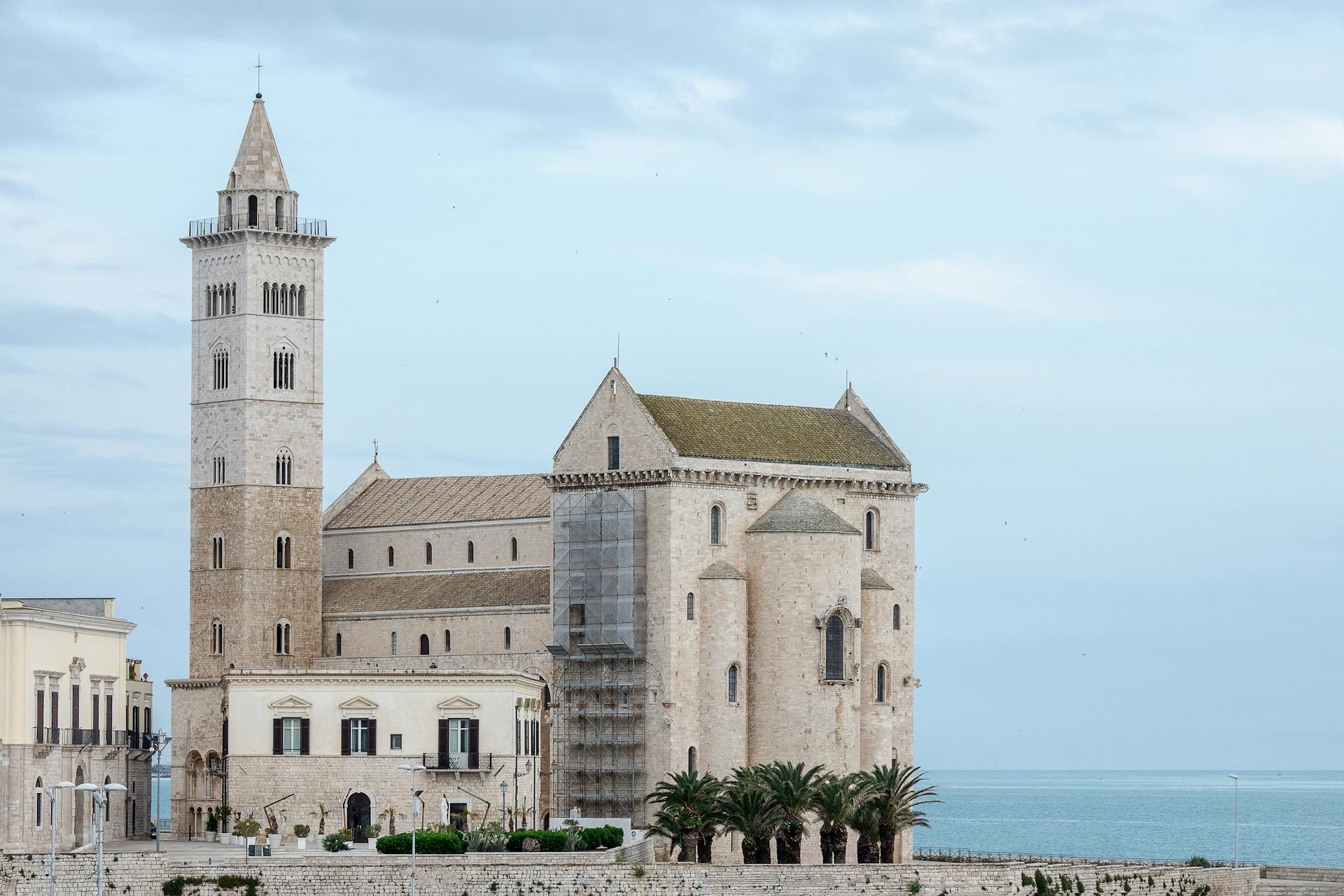
UNESCO World Heritage Connections
Trani sits in a region rich with UNESCO sites, which adds to its cultural prestige. While Trani itself isn’t on the list, nearby Castel del Monte is.
I took a short trip from Trani to see this unusual 13th-century castle. Its octagonal shape and hilltop setting are unlike anything else I’ve seen.
Trani and Castel del Monte share a strong connection, both showing off the medieval and architectural achievements of Puglia.
Visiting both in a day gives a broader view of why this part of Italy stands out in European heritage. I always tell travelers to include both stops if they want the full local experience.
Notable Sites Table
| Site Name | Style/Period | Key Feature |
|---|---|---|
| Trani Cathedral | Romanesque | Waterfront location, tall bell tower |
| Swabian Castle | Medieval (13th c) | Seaside fortress, Frederick II history |
| Scolanova Synagogue | Medieval | Active synagogue, Jewish heritage |
| Castel del Monte | Medieval | Octagonal shape, UNESCO World Heritage |
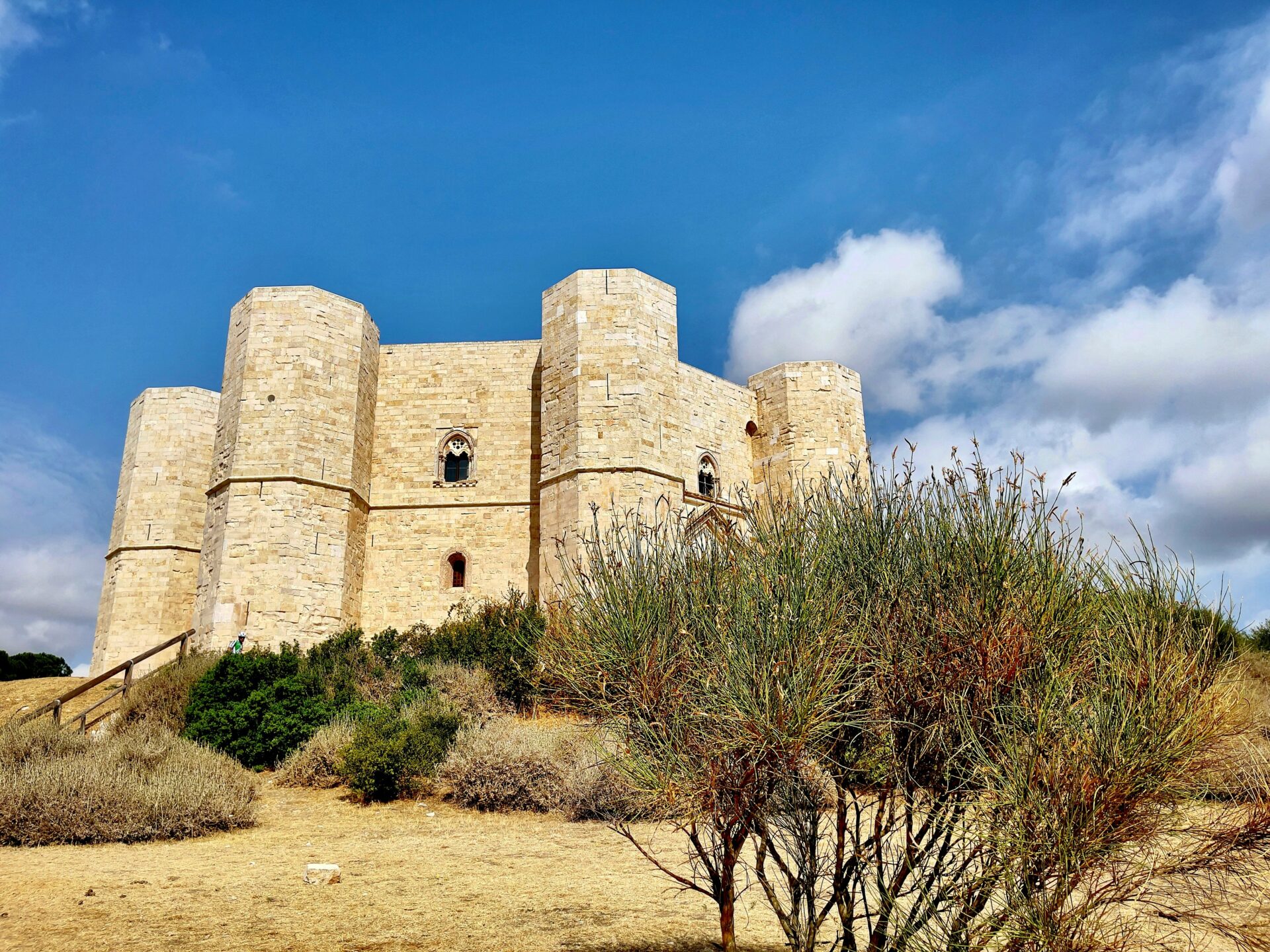
Daily Life, Traditions, and Jewish Identity
Walking through Trani’s fishing harbor, I’m surrounded by lively shops, busy locals, and the salty Adriatic air. History weaves through everyday routines, from street cafés to summer celebrations and family-run trattorias known for their rich food traditions.
Shops, Cafés, and Local Experiences
Trani’s daily life pulses on winding stone streets lined with small shops and friendly cafés.
Many shops show off fresh fish, handmade goods, and Jewish symbols, reflecting the city’s layered heritage.
Some stalls near the harbor sell challah or other Jewish breads on Fridays, quietly marking Shabbat’s approach.
When I grab coffee in a waterside café, I notice locals and visitors swapping stories or watching fishermen mend their nets.
Café staff are always ready to recommend local specialties, and sometimes they’ll point out hidden bits of history—a Star of David on a building, or the site of an old synagogue.
A few shops double as community meeting spots, where residents chat about news or plan for events. There’s a strong sense of Jewish identity, visible in daily life and the warm hospitality of Trani’s people.

Summer Events and Festivals
Summer brings a burst of energy to Trani. I look forward to open-air performances and nighttime festivals by the harbor.
These gatherings often blend Jewish traditions with Tranian flair—klezmer concerts, local theater, and traditional dances under the stars.
Street performers entertain on cobblestone squares, while kids skate along the promenade.
Some events connect to Jewish history, like guided walks through the old ghetto or small exhibits on local crafts.
Food stalls line festival paths, offering kosher snacks, pastries, and regional wines.
I’ve joined families lighting Shabbat candles at sunset during festivals—a quiet, lovely moment amid the buzz. These traditions keep Jewish culture alive in public life, making space for everyone to join in.
Food Culture: Homemade Pasta and Trattoria del Porto
You can taste much of Trani’s heritage on a plate. At Trattoria del Porto, a harborside favorite, I’ve enjoyed handmade orecchiette pasta with fresh seafood—a nod to both Jewish and southern Italian roots.
Kosher-style dishes sometimes appear, especially during Jewish holidays.
Cooking here is a family thing. Local grandmothers roll pasta by hand, passing down recipes with both Italian and Jewish touches.
Many trattorias close on Friday evenings, honoring Shabbat, which I think adds to the feeling of respect.
Tables by the water fill quickly with people sharing fritto misto and glasses of crisp local wine.
Even in spa hotels, chefs love to recommend the best homemade pasta, often made from recipes that have been in Jewish families for generations.
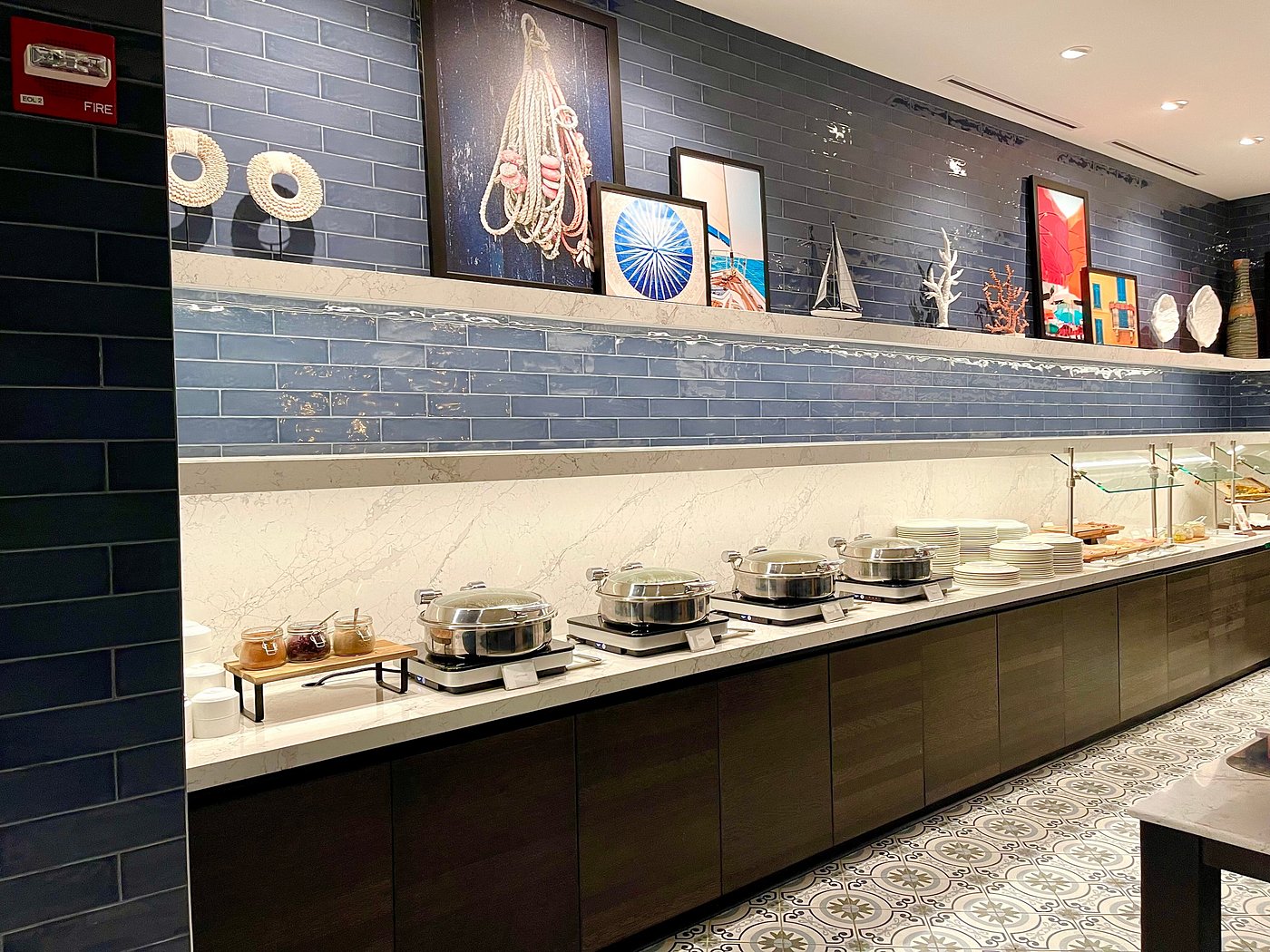
Jewish Migration, Education, and Zionist Movements
Every step I take along Trani’s old harbor feels heavier when I remember its Jewish past. Jewish migration, education, and young dreams of Palestine all seem tangled up in this city’s cultural story.
Jewish Immigrants from Eastern Europe
When I wander through Trani, I can’t help but picture the Jewish immigrants who arrived from Eastern Europe in the late 1800s and early 1900s. Most of them came from the Russian Empire—cities like Odessa—running from czarist crackdowns and violent pogroms.
They chased freedom and new chances along the Adriatic. Some set up shop as traders or craftsmen, while others joined the busy fishing harbor. This mix of backgrounds brought new depth and color to Trani’s Jewish community.
Their hopes for a better life show up in the food, the music, and the traditions that still pop up around Trani today.
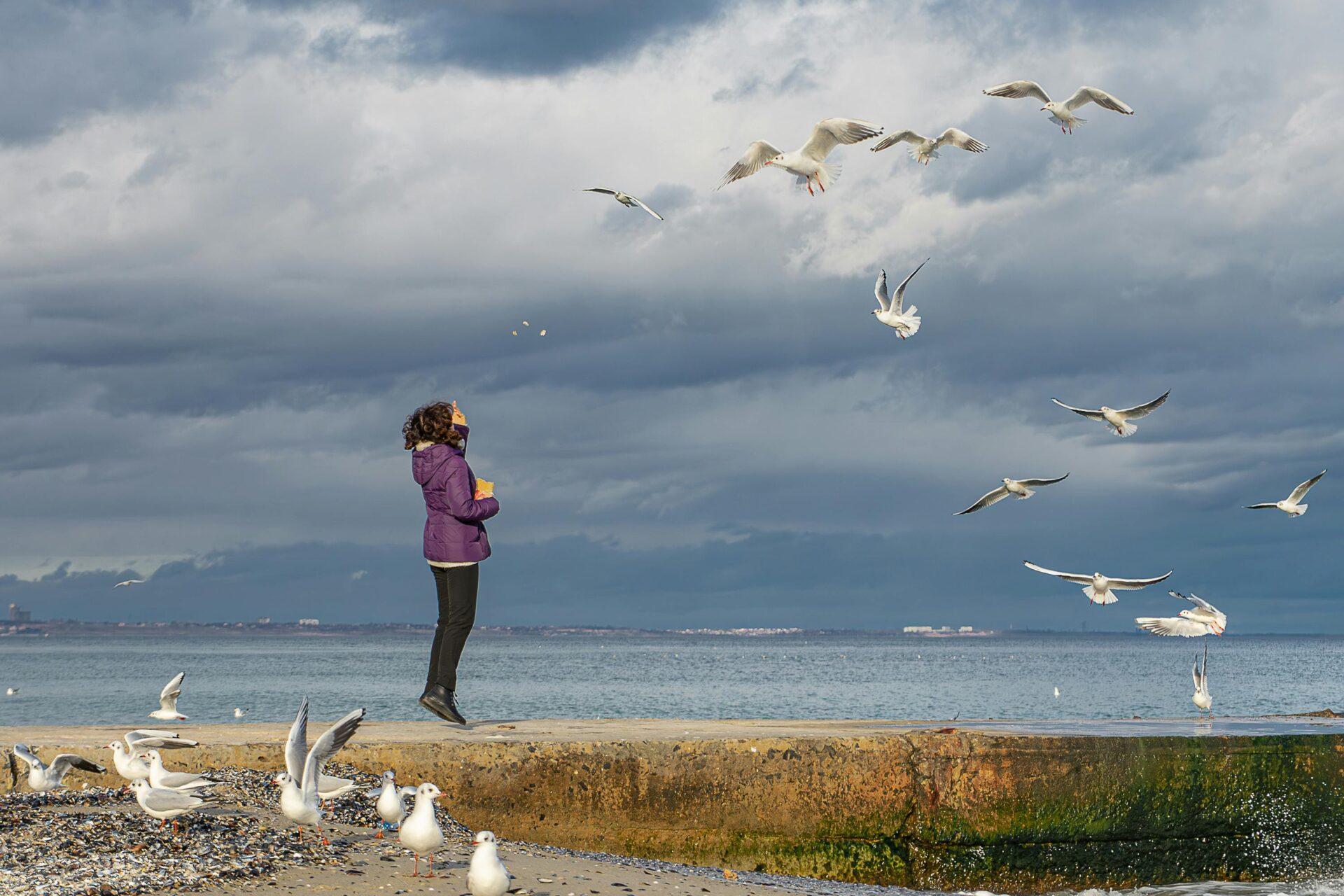
Jewish Schools and Universities
Education always seemed to open doors for Trani’s Jewish community. Local Jewish schools taught Hebrew, religion, and the basics of daily life.
What really grabs me, though, is how ambitious students often left for universities in bigger Italian cities, or even other countries. Lists of scholars connect Trani to places like Rome and Florence, and honestly, it’s a little inspiring.
That focus on learning shaped leaders, teachers, and professionals who made a mark on both the Jewish and the broader Italian community. Even now, I spot hints of that pride in synagogue libraries and the cultural centers scattered around town.

Zionist Youth Movements in Trani
In the early 20th century, Trani’s Jewish youth threw themselves into Zionist groups that changed how they saw the future. Groups like Hashomer Hatzair, HeHalutz, Dror, Gordonia, Beitar, and Bnei Akiva drew in teens from every background.
For a lot of them, these movements became a huge part of growing up. I’ve come across firsthand stories about meetings near the old synagogue—lessons in Hebrew, talks about Jewish history. These groups gave kids a sense of purpose, and some even prepared for migration to Palestine. Others just found inspiration and a place to belong here in southern Italy.
Popular Zionist Youth Movements in Trani:
| Movement | Focus |
|---|---|
| Hashomer Hatzair | Socialist, pioneering |
| HeHalutz | Agricultural training |
| Dror | Labor Zionism |
| Gordonia | Youth self-education |
| Beitar | Revisionist Zionism |
| Bnei Akiva | Religious Zionism |
You can still spot traces of these movements—in youth activities the local Jewish community organizes, or in family stories about grandparents who once dreamed of faraway lands.
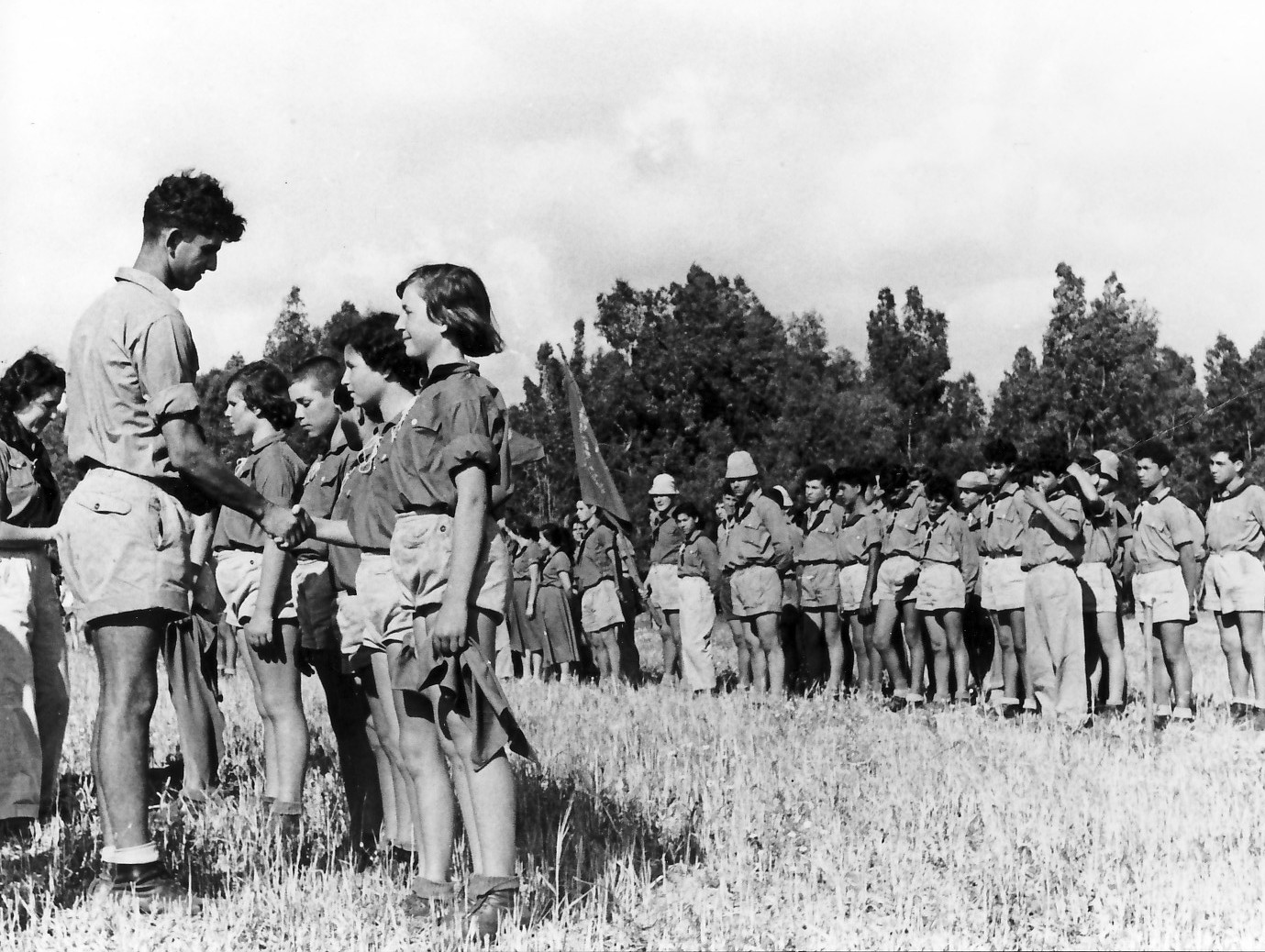
Nearby Destinations and Practical Travel Tips
Exploring Trani opened up a world of coastal beauty, fresh Adriatic breezes, and a rich Jewish heritage. Day trips to nearby towns and easy ways to get around give every traveler plenty of choices.
If you keep an eye on the weather and local events, planning gets a lot smoother.
Day Trips: Barletta, Bisceglie, and Molfetta
Once I settled into Trani, I realized how close other lively towns are. Barletta’s medieval castle and World War I monuments stand out, surrounded by old town streets and cafes.
It’s just a 15-minute train ride north—a no-brainer for a quick escape.
Head south and Bisceglie pops up, with its fishing harbor and pretty old port. I loved wandering its quiet waterfront and grabbing seafood so fresh it almost wriggled. Molfetta, just a bit further, has a Romanesque cathedral and is known for its markets and bakeries.
All three towns are easy to reach by regional train or car, so you won’t waste time on long transfers.
| Town | Travel Time from Trani | Notable Sights |
|---|---|---|
| Barletta | 15 min by train | Castle, WWI Memorials |
| Bisceglie | 10 min by train | Fishing Harbor, Old Port |
| Molfetta | 20 min by train | Cathedral, Markets |
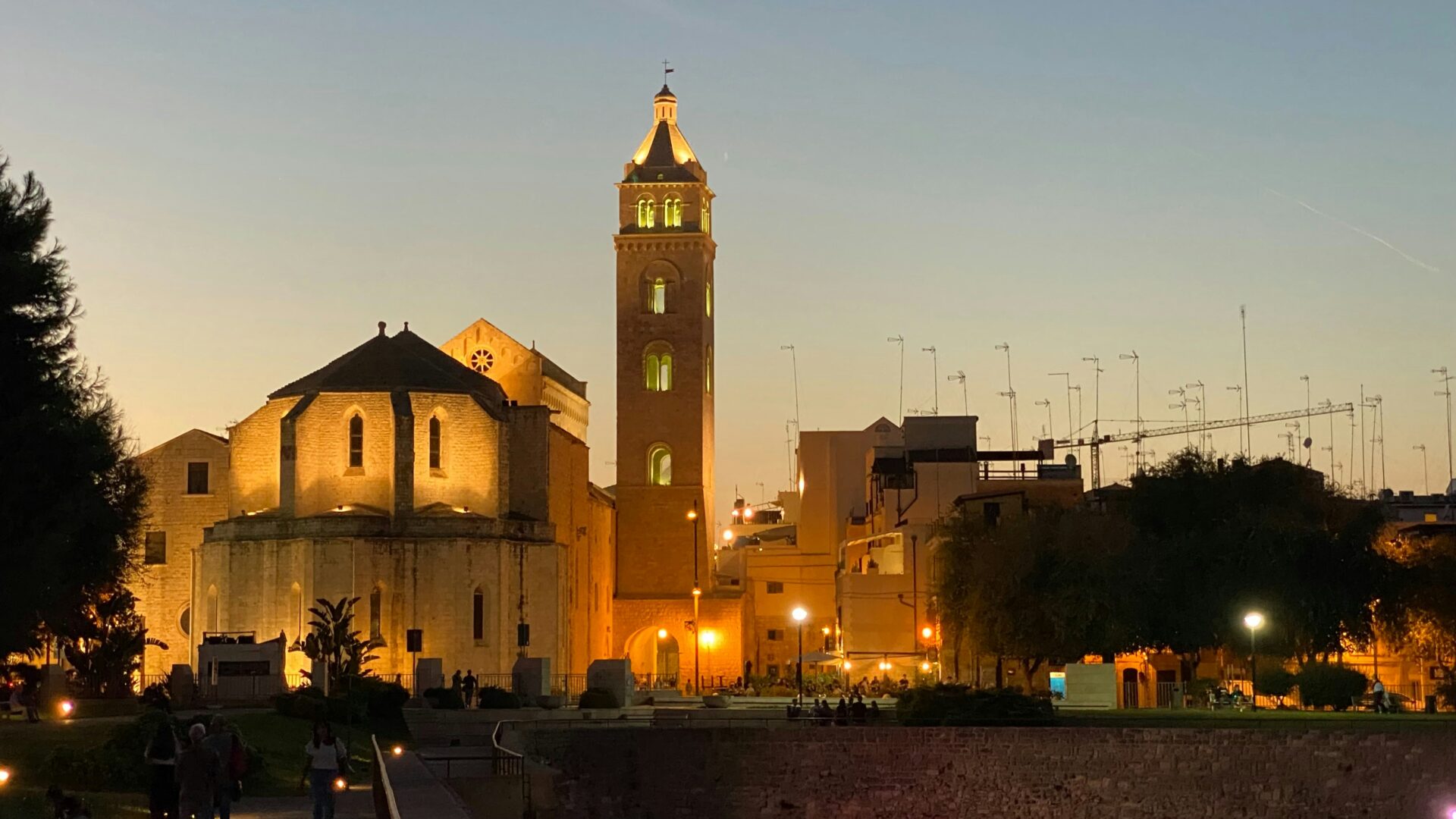
Accessing Trani: Airports and Transfers
Getting to Trani feels pretty simple, especially if you fly into Bari Karol Wojtyla Airport. It’s the biggest in the Barletta-Andria-Trani area and connects to a bunch of European cities.
I usually hop on a direct train from Bari’s main station and reach Trani in under an hour.
Brindisi Salento Airport is another choice, though it’s a bit farther out. When I land there, I sometimes grab a private transfer—especially if it’s late or I’ve got too much luggage. Taxis and ride-sharing apps work at both airports, but honestly, regional trains are cheaper and the coastal views are a bonus.
| Airport | Distance to Trani | Best Transfer Option |
|---|---|---|
| Bari Karol Wojtyla | 40 km | Train or taxi |
| Brindisi Salento | 160 km | Private transfer, train |
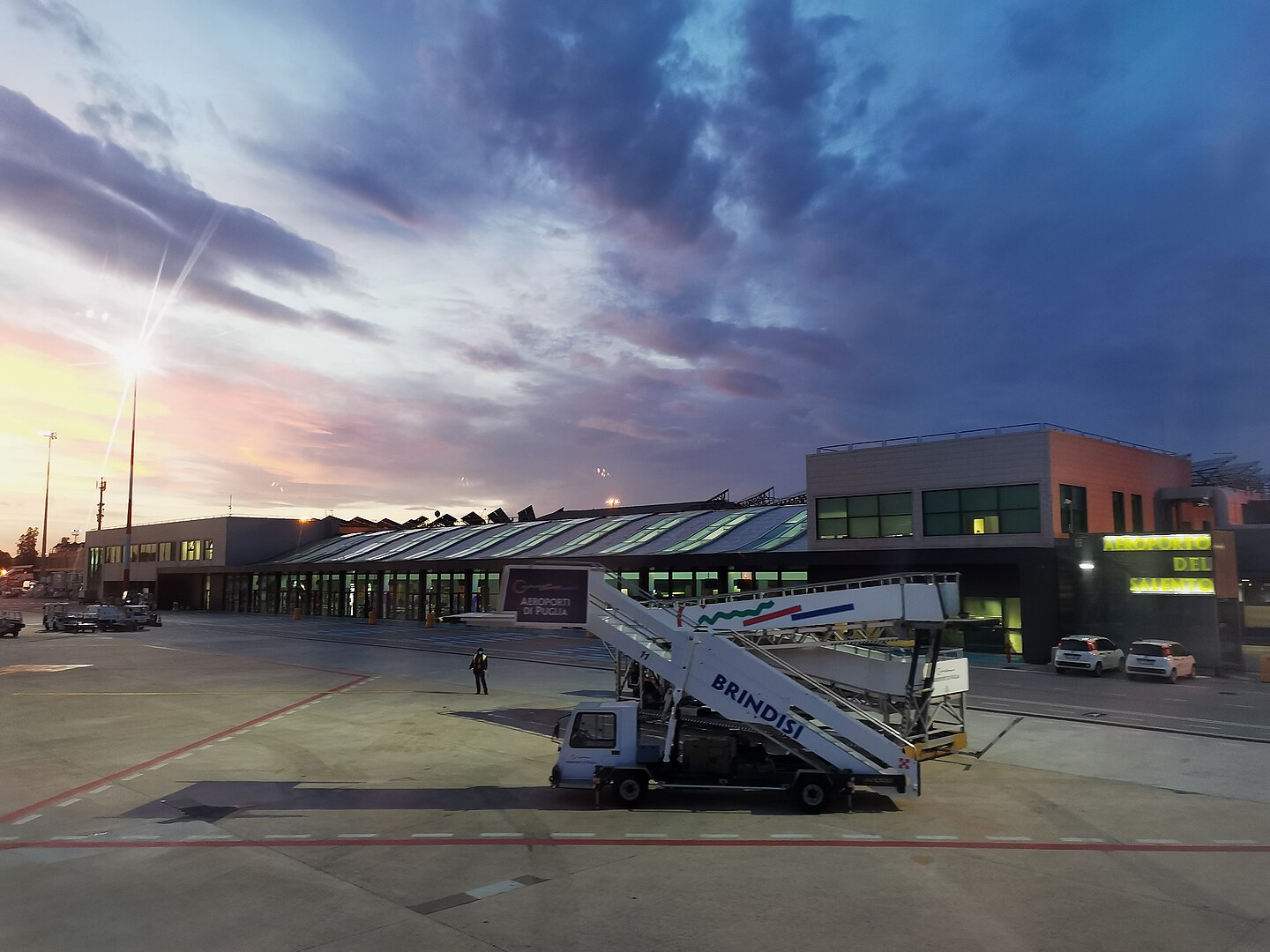
Seasonal Tips for Visiting the Adriatic Coast
Timing really makes a difference when you plan a trip to Trani and the nearby towns.
Honestly, I love coming in late spring or early fall. The weather stays warm, but you don’t have to fight through crowds everywhere.
Summer bursts with energy and festivals by the sea. Still, I’ll admit—beaches and old towns get pretty packed.
I always pack light clothes, but I toss in a jacket for those evening breezes or surprise rain showers.
Shops often close early on Sundays or take a long afternoon siesta, so I try to keep my plans loose.
If you want to check out local Jewish heritage sites, go during the day. Some places close up in the evenings or for holidays, and you don’t want to miss out.
For festivals or special events, I always book hotels ahead. Rooms disappear fast, especially in July and August.

